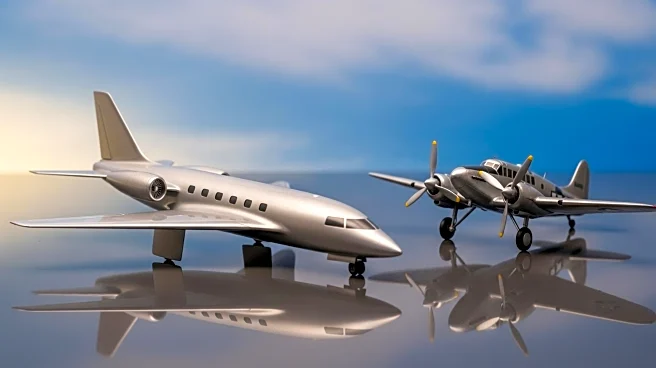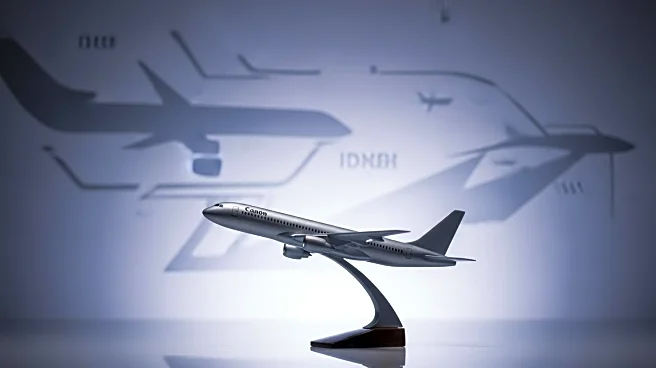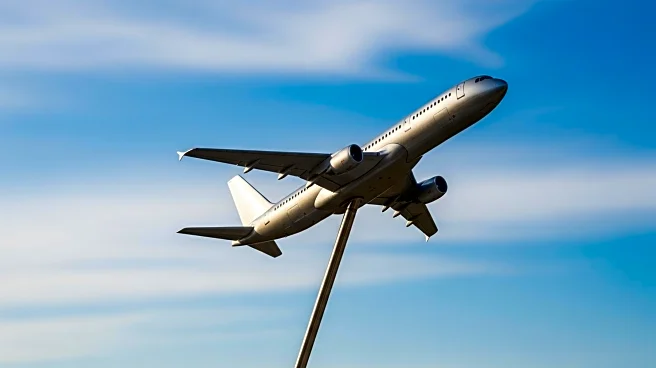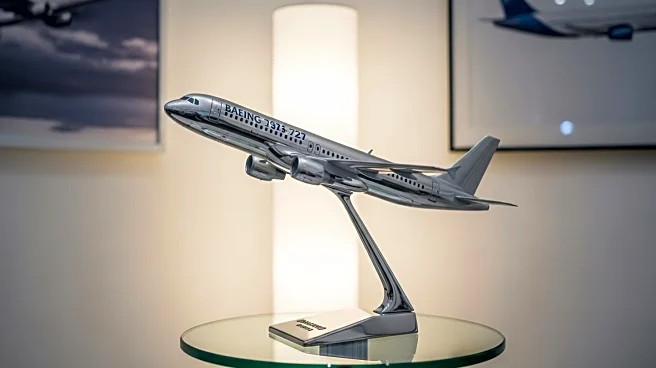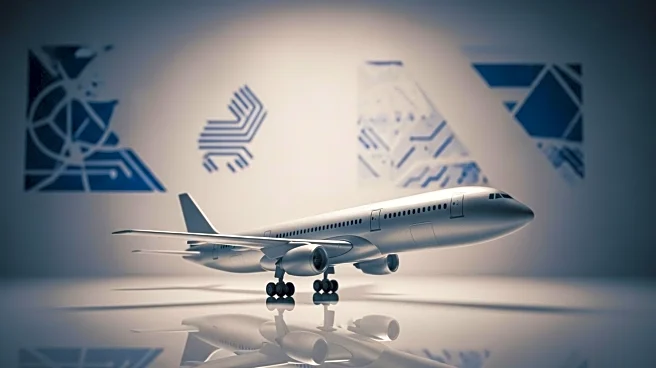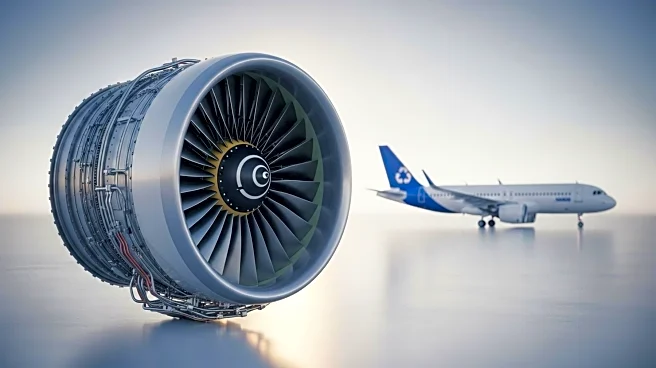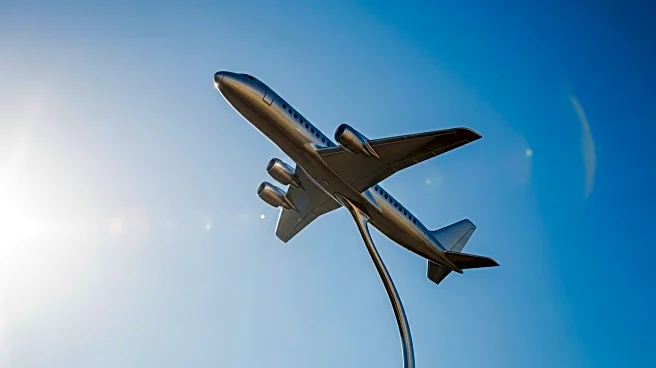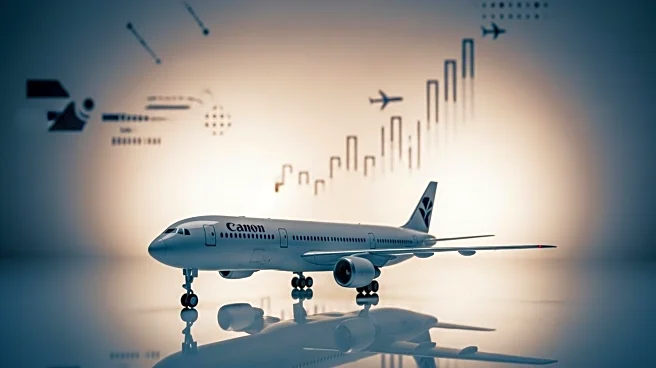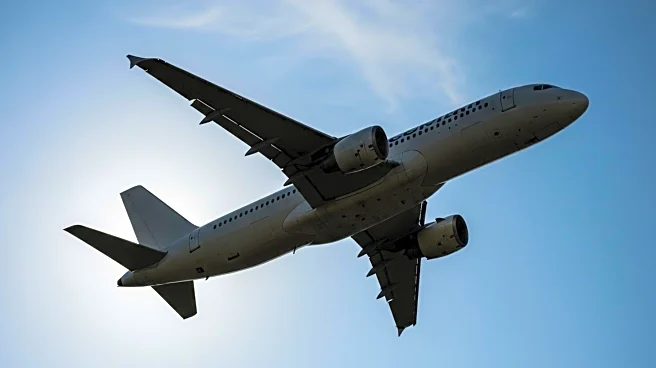What's Happening?
Aviation Week has released its 2026 Commercial Fleet & MRO Forecast, projecting a reduction in new-build aircraft deliveries over the next decade. The forecast anticipates over 21,000 deliveries between 2026 and 2035, a slight decrease from previous estimates. This adjustment is largely attributed to ongoing supply chain disruptions and delays in engine deliveries. As a result, older aircraft models like the Boeing 737 Next Generation and Airbus A320s are expected to remain in service longer. The forecast also highlights regional delivery trends, with North America, Western Europe, and Asia-Pacific leading the market.
Why It's Important?
The reduction in aircraft deliveries reflects significant challenges faced by the aviation industry, particularly in supply chain management. This situation impacts aircraft manufacturers, airlines, and maintenance providers, potentially leading to increased operational costs and strategic shifts in fleet management. The extended service life of older aircraft may drive higher maintenance, repair, and overhaul (MRO) expenditures, affecting industry profitability. Additionally, the forecast underscores the importance of addressing engine durability issues to ensure reliable aircraft operations and maintain industry growth.
What's Next?
As the aviation industry navigates supply chain challenges, stakeholders may focus on enhancing production efficiencies and securing reliable engine supplies. Efforts to resolve engine durability issues, particularly with Pratt & Whitney's PW1000G and CFM Leap engines, are expected to continue, requiring significant investment and collaboration. The industry may also explore alternative strategies, such as passenger-to-freighter conversions, to optimize fleet utilization. These developments could influence future aircraft design and manufacturing processes, as well as regulatory policies.
Beyond the Headlines
The forecast highlights broader implications for the aviation industry, including potential shifts in market dynamics and competitive strategies. The reliance on older aircraft models may prompt discussions on sustainability and environmental impact, as newer models typically offer improved fuel efficiency. Additionally, the focus on resolving engine issues may drive innovation in engineering and technology, potentially leading to advancements in propulsion systems and materials. These factors could shape the industry's long-term trajectory and influence global aviation policies.

